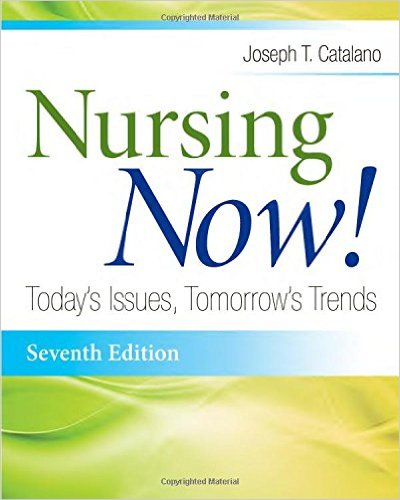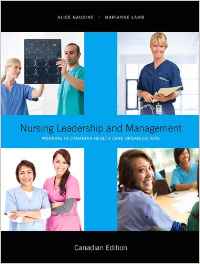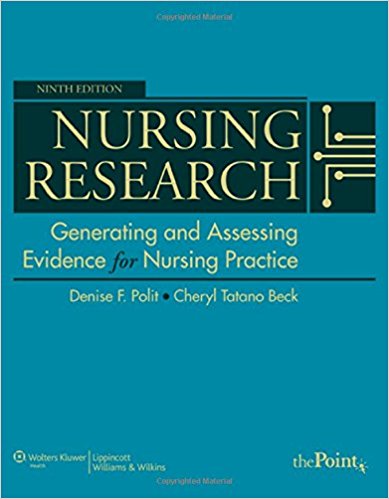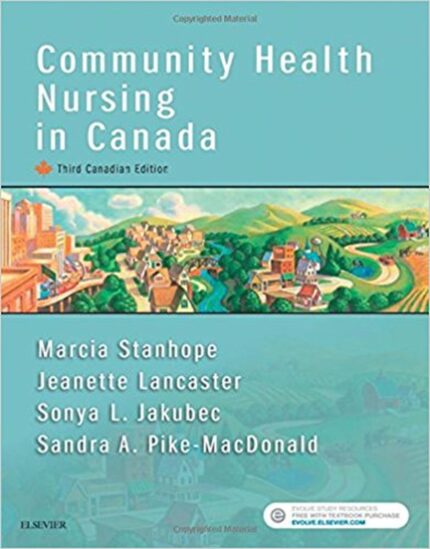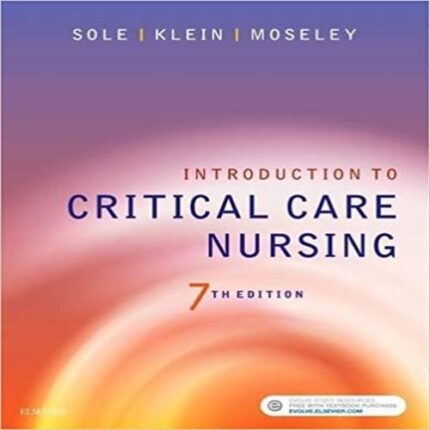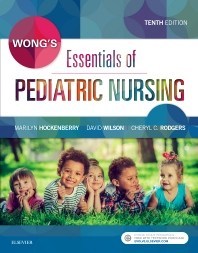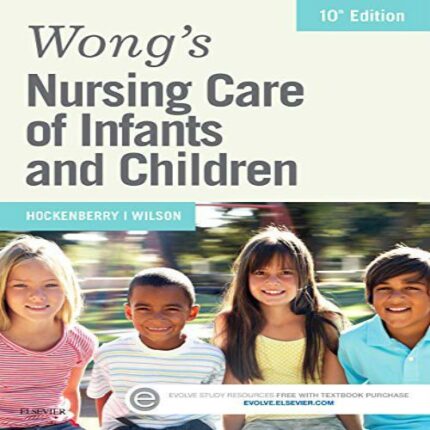Nursing Now, Today’s Issues, Tomorrow Trends 7th Edition by Joseph T. Catalano -Test Bank
Do you need test banks fast? eTestBank.net is the best test bank website for you! Download your test bank right after you pay. No waiting!
Why eTestBank.net is Great:
✅ Instant Download:
Get your test bank right away after payment.
✅ Unlimited Downloads:
Download your test bank anytime and as many times as you want.
✅ 24/7 Live Help:
We are here to help you all day, every day.
✅ Guaranteed Delivery:
If you don’t get the download right away, we will send it to you in 3 to 6 hours.
How to Get Your Test Bank:
- Pick Your Test Bank: Choose from many test banks.
- Pay Safely: Pay securely on eTestBank.net.
- Download Instantly: Get your test bank immediately after payment.
- Download Anytime: Unlimited downloads whenever you need them.
Need Help? Contact Us:
📧 Email: [Support@etestbank.net]
📱 WhatsApp: [https://wa.me/message/MC222DLQ4GDXL1r]
Didn’t Get Your Download?
Don’t worry! If you don’t get the file right away, we’ll send it to you in 3 to 6 hours. Need it sooner? Contact us by email or WhatsApp.
💡 Buy now from eTestBank.net for instant downloads, unlimited access, and 24/7 support—get your test bank today!
Chapter 4: The Process of Educating Nurses
MULTIPLE CHOICE
1. What is a type of nursing education program conducted in junior and community colleges that is nominally 2 years in length?
|
A) |
Diploma program |
|
B) |
Baccalaureate program |
|
C) |
Associate degree program |
|
D) |
Professional nursing program |
ANS:CPTS:1DIF:Easy
TOP: The Process of Educating Nurses
KEY:Cognitive Domain: Comprehension | Integrated Process: Planning | Client Need: Safe and Effective Care Environment
2. Identify an important similarity between the various types of educational programs for nurses.
|
A) |
There is homogeneity of entering students. |
|
B) |
No state or national approval is required. |
|
C) |
The same courses are taught in all programs. |
|
D) |
Clinical experience is required to gain certain knowledge and skills. |
ANS:DPTS:1DIF:Medium
TOP:The Process of Educating Nurses
KEY:Cognitive Domain: Analysis | Integrated Process: Implementation | Client Need: Safe and Effective Care Environment
3. Select an important element found in baccalaureate nursing programs that is usually not found in other types of nursing education programs.
|
A) |
Use of both classroom and clinical experiences for learning |
|
B) |
Limiting enrollment to students with the highest ability |
|
C) |
Comprehensive curriculum |
|
D) |
Development of the total intellectual skills of the individual |
ANS:DPTS:1DIF:Hard
TOP:The Process of Educating Nurses
KEY: Cognitive Domain: Synthesis | Integrated Process: Planning |Client Need: Safe and Effective Care Environment
4. Which contribution of Florence Nightingale had the greatest impact on nursing education?
|
A) |
Recognizing that formal, systematic education in both theory and practice was essential for the preparation of high-quality nurses |
|
B) |
Advocating that all nurses be educated in universities so that nursing care would meet the standards established by the government |
|
C) |
Forcing physicians and hospitals to recognize that clinical practice was not as important as the theory-based learning obtained in the classroom |
|
D) |
Enforcing the requirement that all nursing instructors have a master’s degree in nursing to provide the highest quality education possible for students |
ANS:APTS:1DIF:Medium
TOP:The Process of Educating Nurses
KEY: Cognitive Domain: Analysis | Integrated Process: Planning | Client Need: Safe and Effective Care Environment
5. Which statement best describes nursing education in the United States during the 1800s and early 1900s?
|
A) |
It was high quality with a balance between classroom education and clinical practice. |
|
B) |
Strict criteria were established for nursing education by the NLN and the ANA to guarantee high-quality education. |
|
C) |
There were no formal nursing education programs during this time period; nurses were trained in apprenticeships only. |
|
D) |
There was little or no classroom education, and students learned through hands-on experience during their 12- to 14-hour shifts on the hospital units. |
ANS:DPTS:1DIF:Medium
TOP:The Process of Educating Nurses
KEY: Cognitive Domain: Analysis | Integrated Process: Problem Identification | Client Need: Safe and Effective Care Environment
6. Identify a major benefit of the diploma-type training programs for nurses.
|
A) |
Nurses from these programs were assertive and could stand up to physicians who made unrealistic demands. |
|
B) |
Nurses from diploma programs were proficient in basic nursing skills and could assume a hospital position with minimal orientation. |
|
C) |
Nurses trained in diploma programs were often limited to employment in the institutions where they were trained. |
|
D) |
All diploma schools were regulated by the NLN criteria and met strict standards for educating students. |
ANS:BPTS:1DIF:Medium
TOP: The Process of Educating Nurses
KEY: Cognitive Domain: Application | Integrated Process: Intervention | Client Need: Psychosocial Integrity

